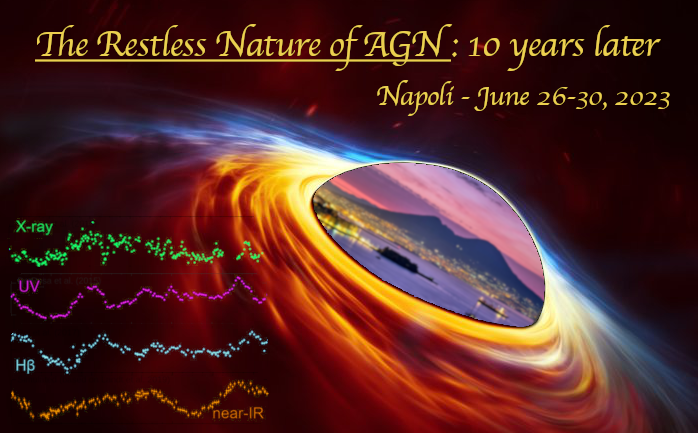Speaker
Description
Tidal disruptions of stars by supermassive black holes were proposed in the 1970s as a possible way of fuelling active galactic nuclei. Following further studies showing that this mechanism can not supply quasar-level fuelling rates, it was realized that bright flares produced by disruptions could be used as probes for exploring otherwise quiescent galactic centres.
In the last decade the study of Tidal Disruptions Events (TDEs) gained momentum from advanced numerical simulations on the theoretical side and from detections of dozens of TDEs by wide-field sky surveys on the observational side.
I will review the theoretical picture of TDEs, main mechanisms and parameters affecting the outcome of a stellar encounter with a black hole, and their observed characteristics. I will address main open questions stemming from simulations and observations, and the prospects of Rubin Observatory LSST in discovering TDEs, and significantly enlarging their sample.

